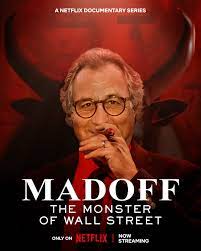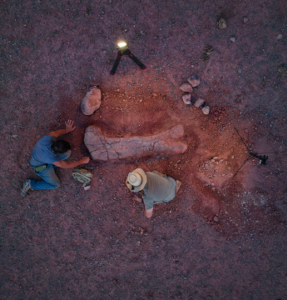The COVID Response. What We Got Wrong.
Part VII: The Accuracy of the Count

The topic for today is about accuracy. The accuracy of the count for the number of people that have been hospitalized and died from COVID since the pandemic began.
This is something I wrote about in the early days of the outbreak and have mentioned several times since then. I’ve been saying that the official count is misleading. And as such, it is meaningless. It greatly exaggerates the numbers that are relevant by the sort of verbal prestidigitation that would put an internet health product seller in jail.
The claim that I’ve been making is this: The counts we’ve been hearing about in the media – which are coming directly from the WHO and the CDC – are higher than they should be. And that is because, from the beginning, the CDC’s guidelines to hospitals were to report anyone that died with COVID as having died of COVID.
So… someone gets admitted to the hospital with a gunshot wound to the chest. He dies from loss of blood. Following CDC guidelines, he is tested for COVID. If he tests positive, the hospital is required to list him as having died from COVID. And this “COVID” death is then relayed to the CDC, which publishes it.
I know. This sounds like a crazy conspiracy theory. And that is what everyone said to me whenever I wrote or even talked about it. “That can’t possibly be true,” they said. “The CDC is a government agency. Led by scientists. They would never do something so obviously misleading!”
Truth be told, I stopped mentioning it because I came to believe what they were telling me. It can’t have been true. I must have been passing along fake information.
But then, just last week, I came across something in The Washington Post, the Jeff Bezos-run newspaper that has been staunchly defending Fauci and the CDC. (And not just defending Fauci and the CDC, but also attacking anyone that questioned anything they said.) It was an essay by WP columnist Leana Wen that validated what I’d been saying. According to the experts she interviewed, the hospitalization and death rates due to COVID have indeed been grossly exaggerated, precisely because of this trickery in reporting the numbers.
And the exaggeration is not small. The experts said the over-counting has been somewhere between 70% and 90%. This means that the CDC’s current estimate of an average COVID death rate of 400 per day is actually between 40 and 120!
At 40, that would average out to be +/- 14,000. At 120, that would average out to be +/- 44,000. In other words, a typical mortality rate for the flu!
There’s loads more to this story. And I’ll get deeper into it in the weeks ahead, as other stories from the mainstream media begin to parrot the WP so they can claim that they had not been covering up the facts.
In the meantime, you can read Wen’s article here.
And/or get more on her reporting here.
 MarkFord
MarkFord




